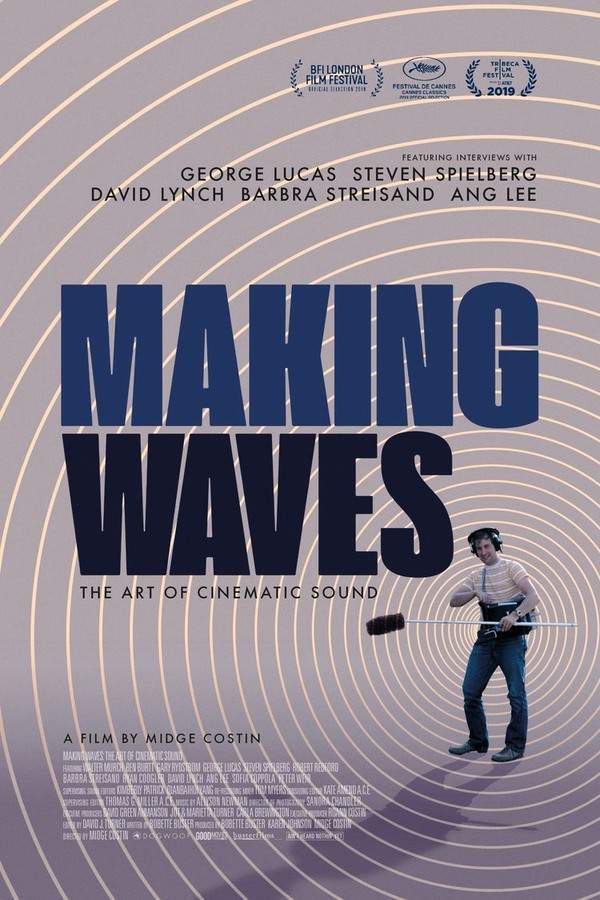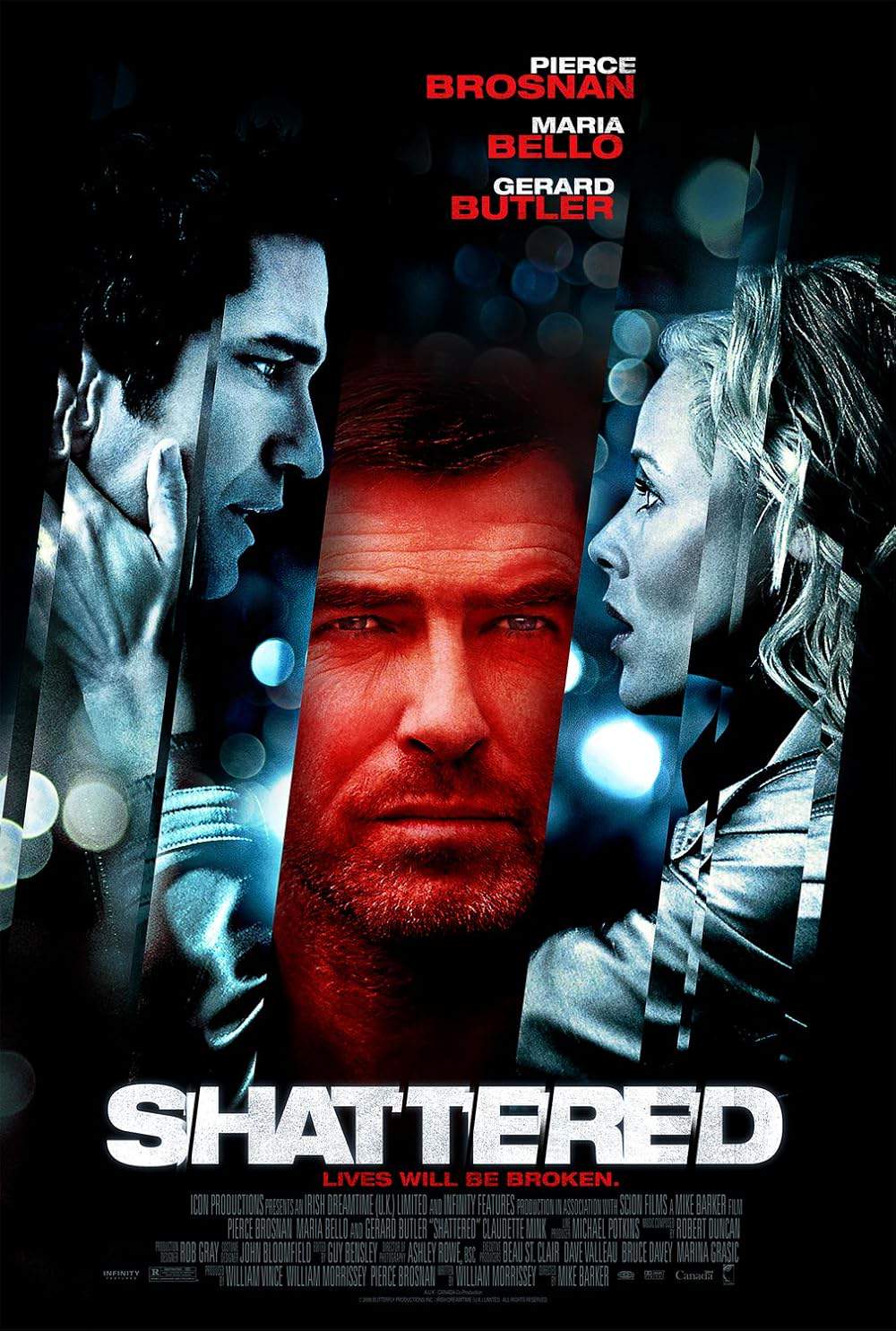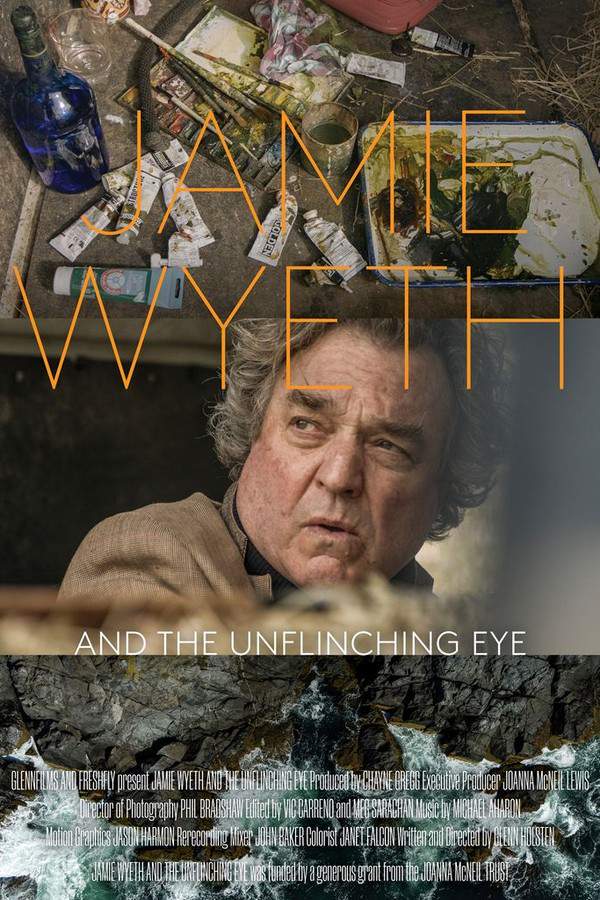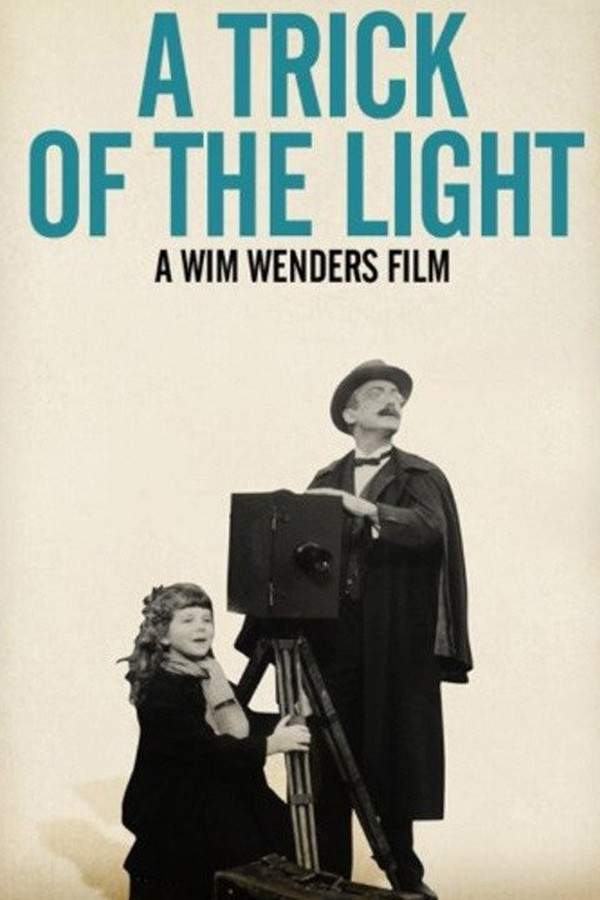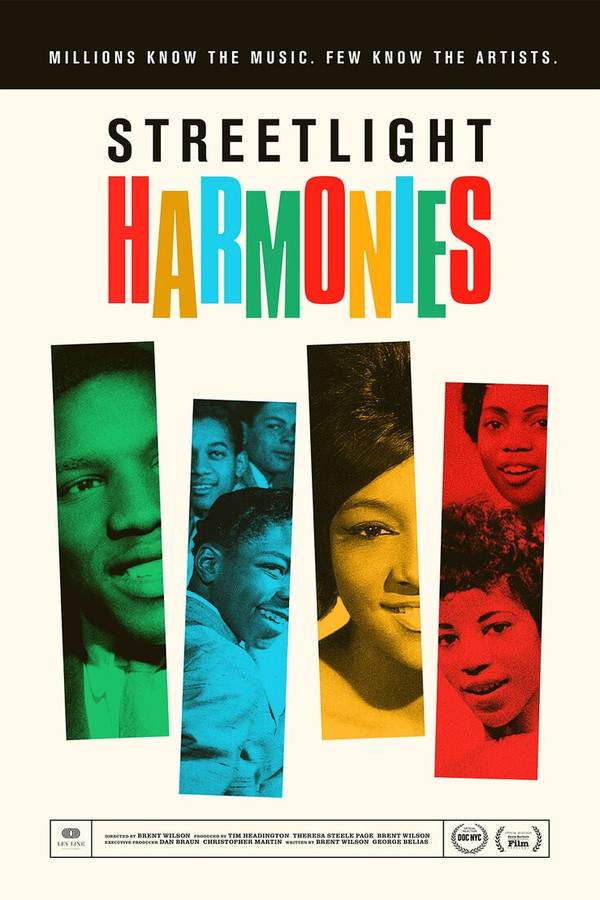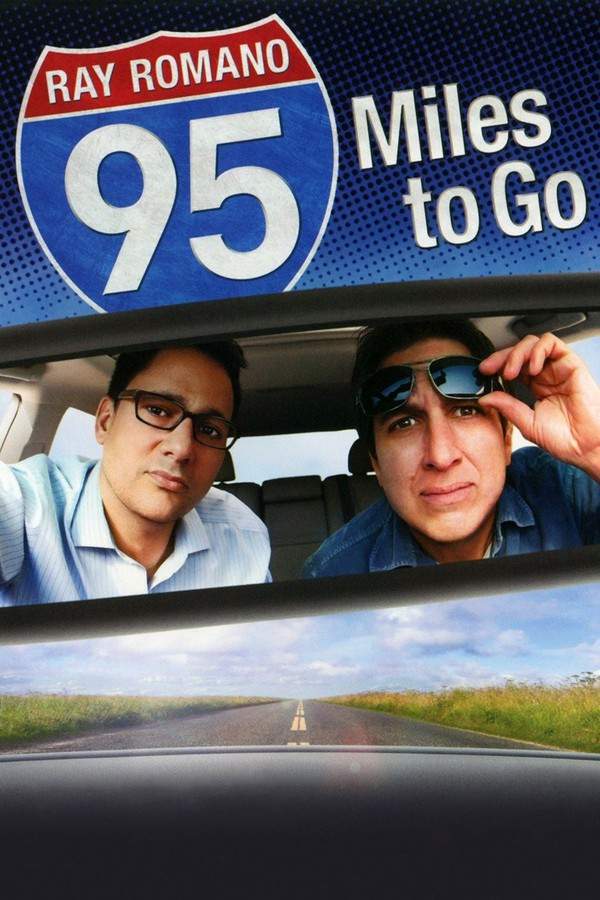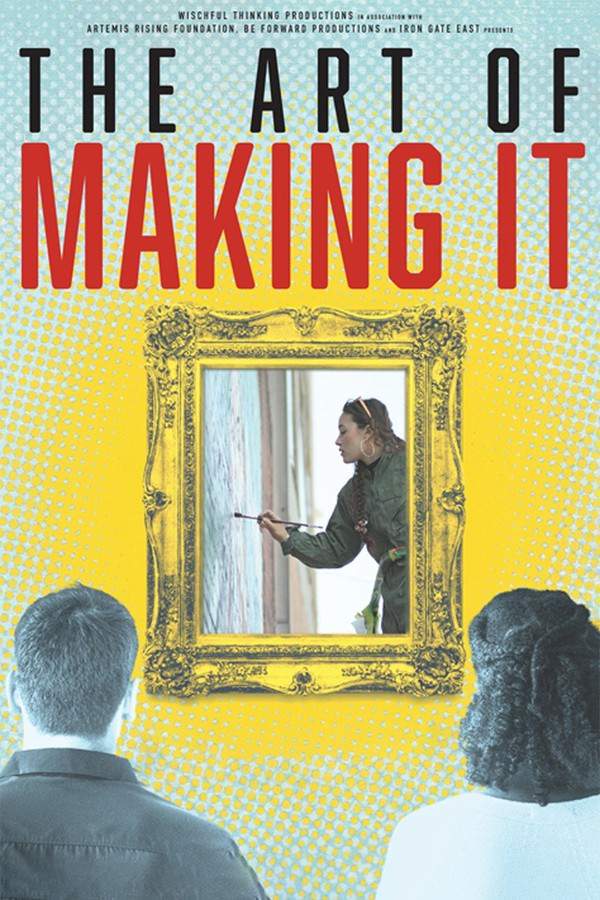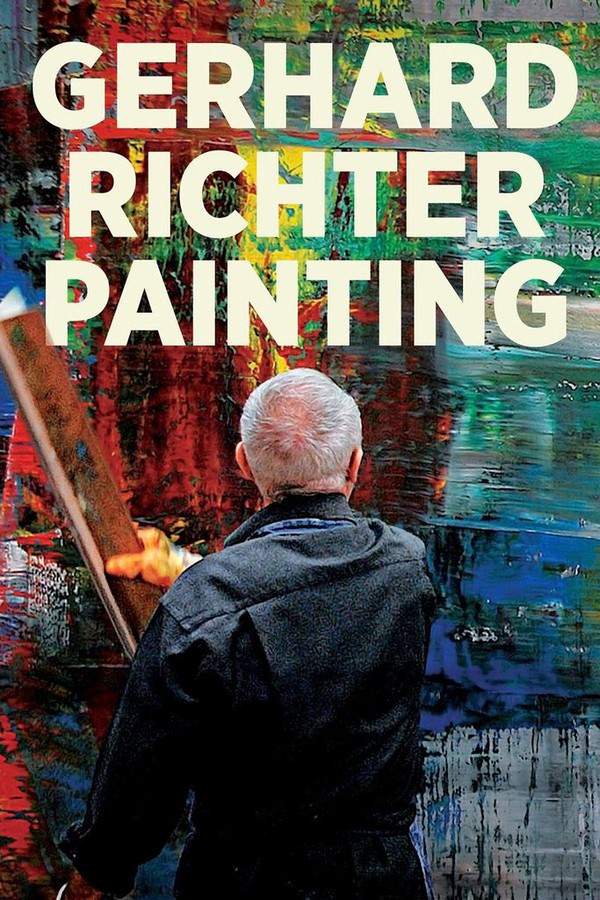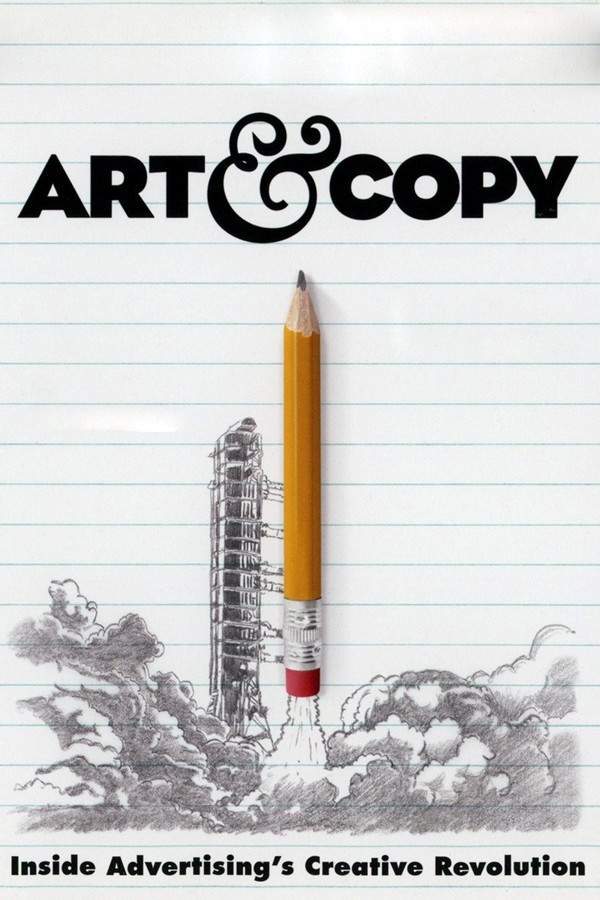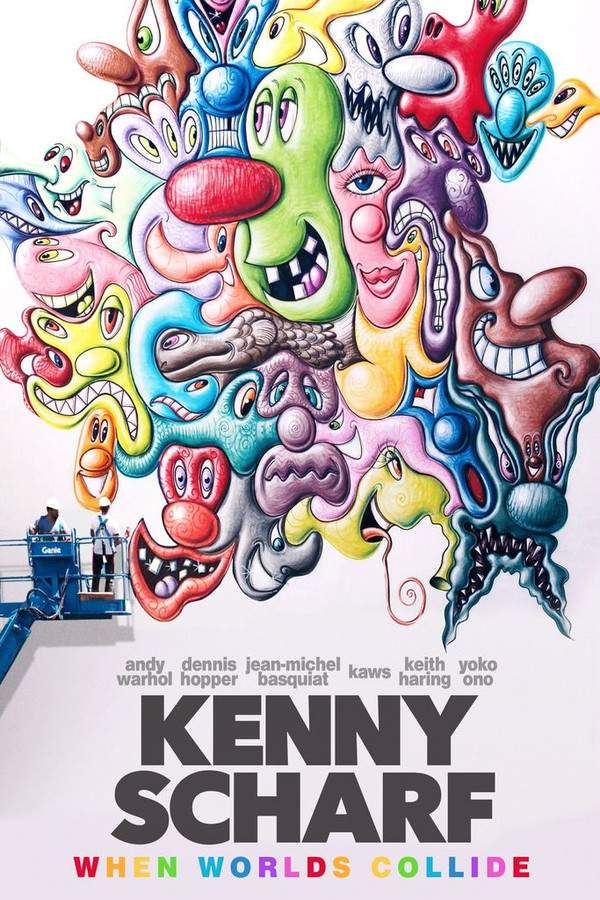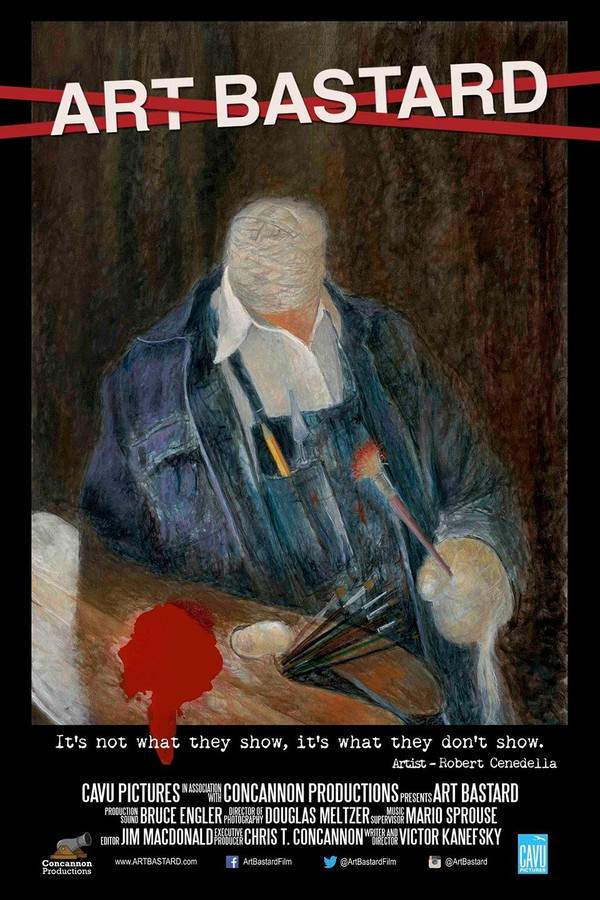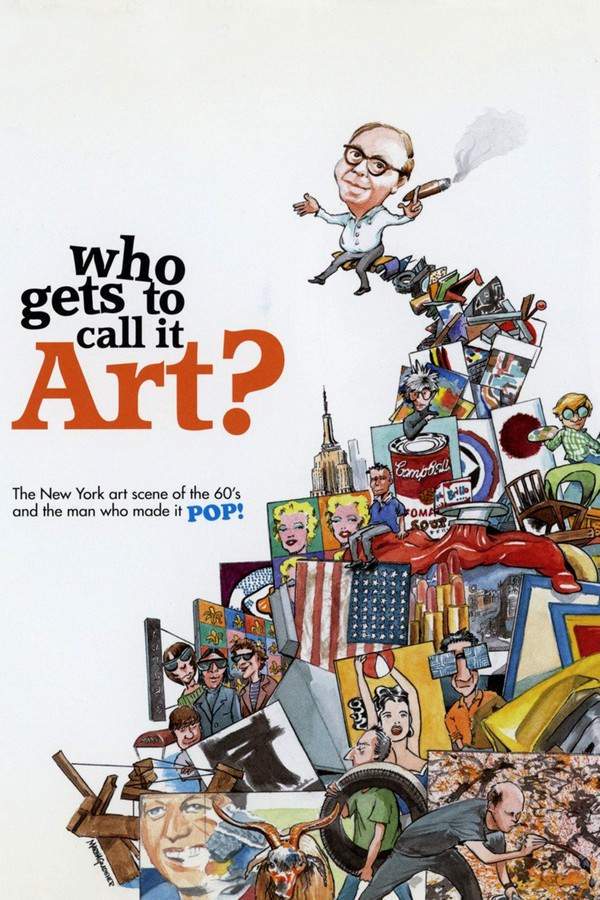
Who Gets to Call It Art?
Year: 2006
Runtime: 78 min
Language: English
Director: Peter Rosen
This documentary explores the career of Henry Geldzahler, a pivotal figure who challenged artistic conventions and championed the rise of Pop Art. The film follows his journey from curating a groundbreaking exhibition at the Metropolitan Museum of Art to passionately advocating for the recognition of artists like Andy Warhol and Roy Lichtenstein within the broader cultural landscape. It examines his impact on the art world and his role in reshaping perceptions of what constitutes art.
Warning: spoilers below!
Haven’t seen Who Gets to Call It Art? yet? This summary contains major spoilers. Bookmark the page, watch the movie, and come back for the full breakdown. If you're ready, scroll on and relive the story!
Who Gets to Call It Art? (2006) – Full Plot Summary & Ending Explained
Read the complete plot breakdown of Who Gets to Call It Art? (2006), including all key story events, major twists, and the ending explained in detail. Discover what really happened—and what it all means.
A captivating journey through the vibrant 1960s downtown New York art scene unfolds, narrated by the iconic Metropolitan Museum of Art curator, Henry Geldzahler. The film kicks off with an engaging montage that encapsulates the essence of early 60s New York City. It highlights the explosion of creativity in advertising design and the beloved artists’ haven known as the Cedar Bar, a sanctuary for artists seeking refuge from the chill of the night. Figures like Jack Kerouac, Dennis Hopper, and Jackson Pollock are integrated into this rich tapestry, creating a dynamic community of creatives reminiscent of Paris in the early half of the century.
As Henry Geldzahler, a bright art historian freshly graduated from both Yale and Harvard, enters the New York art scene in the year of JFK’s election, the atmosphere is one of optimism and excitement. These were transformative times when artists, residing in affordable downtown lofts, began to liberate themselves from European influences and Abstract Expressionism, paving the way for something entirely new and authentically American.
The 60s became synonymous with experimentation and the questioning of norms, as the avant-garde thrived amidst openings, happenings, and parties, merging social life with the art world. Young, intelligent voices, from Beat poets to iconic figures like James Dean, emerged alongside innovative films, modern appliances, and cutting-edge product design in advertising. With low rents and a vibrant street lifestyle fostering creativity, anyone could dive into artistic pursuits, and Henry Geldzahler quickly established himself as a prominent figure in the downtown scene.
By 1970, having been the curator of contemporary art at The Metropolitan Museum of Art since 1962, Henry Geldzahler orchestrated an unprecedented exhibition titled New York Painting and Sculpture 1940-1970. This groundbreaking show, which spanned the museum’s 18th and 19th-century galleries, featured over 400 works by living American artists, including notable names like Chamberlain, Di Suvero, Flavin, Frankenthaler, Johns, Kelly, Kline, Noland, Oldenberg, Olitsky, Pollock, Poons, Rauschenberg, Rothko, Lichtenstein, Motherwell, Newman, Segal, Stella, and Warhol.
This centennial exhibition not only redefined the museum’s commitment to contemporary art but also attracted a new audience eager to engage with modern pieces. With his bold vision, Henry Geldzahler offered American art its much-deserved stamp of approval, affirming that it was not merely commendable, but profoundly significant and a wise investment for the future.
Last Updated: October 25, 2024 at 11:35
Explore Movie Threads
Discover curated groups of movies connected by mood, themes, and story style. Browse collections built around emotion, atmosphere, and narrative focus to easily find films that match what you feel like watching right now.
Documentaries about Cultural Pioneers like Who Gets to Call It Art?
Documentaries celebrating the visionary figures who reshape our artistic and cultural landscape.Find more movies like 'Who Gets to Call It Art?' that profile the visionary individuals behind major artistic movements. These documentaries share an insightful and celebratory tone, exploring how curators, critics, and artists challenged conventions and left a lasting legacy on the cultural world.
Narrative Summary
Narratives in this thread typically follow a chronological journey, tracing a figure's rise from an unconventional perspective to widespread influence. The central conflict is often against established traditions, with the story culminating in a successful validation of their visionary work.
Why These Movies?
Movies are grouped here based on their shared focus on a single, influential cultural figure, their optimistic and informative tone, and their celebration of creative revolution. They provide a similar feeling of intellectual discovery and nostalgic appreciation for a pivotal moment in art or culture.
Movies about Art Movements like in Who Gets to Call It Art?
Stories that explore the rise of a revolutionary art style with optimism and clarity.If you liked the story of Pop Art's rise in 'Who Gets to Call It Art?', explore this collection of films about other groundbreaking artistic revolutions. These movies share a light, educational vibe and a happy ending, chronicling how new creative communities and their work changed the art world.
Narrative Summary
The narrative pattern follows the arc of an artistic revolution, from its initial rejection or obscurity to its eventual recognition and triumph. The journey is driven by a community of artists and their supporters, culminating in a pivotal event like a major exhibition that solidifies the movement's place in history.
Why These Movies?
These films are united by their subject matter—the story of an art movement—and their shared tone of optimistic celebration. They have a similar pacing, emotional weight, and focus on creative community, making them coherent for viewers interested in the dynamics of artistic change.
Unlock the Full Story of Who Gets to Call It Art?
Don't stop at just watching — explore Who Gets to Call It Art? in full detail. From the complete plot summary and scene-by-scene timeline to character breakdowns, thematic analysis, and a deep dive into the ending — every page helps you truly understand what Who Gets to Call It Art? is all about. Plus, discover what's next after the movie.
Who Gets to Call It Art? Timeline
Track the full timeline of Who Gets to Call It Art? with every major event arranged chronologically. Perfect for decoding non-linear storytelling, flashbacks, or parallel narratives with a clear scene-by-scene breakdown.

Characters, Settings & Themes in Who Gets to Call It Art?
Discover the characters, locations, and core themes that shape Who Gets to Call It Art?. Get insights into symbolic elements, setting significance, and deeper narrative meaning — ideal for thematic analysis and movie breakdowns.

Who Gets to Call It Art? Spoiler-Free Summary
Get a quick, spoiler-free overview of Who Gets to Call It Art? that covers the main plot points and key details without revealing any major twists or spoilers. Perfect for those who want to know what to expect before diving in.

More About Who Gets to Call It Art?
Visit What's After the Movie to explore more about Who Gets to Call It Art?: box office results, cast and crew info, production details, post-credit scenes, and external links — all in one place for movie fans and researchers.

Similar Movies to Who Gets to Call It Art?
Discover movies like Who Gets to Call It Art? that share similar genres, themes, and storytelling elements. Whether you’re drawn to the atmosphere, character arcs, or plot structure, these curated recommendations will help you explore more films you’ll love.
Explore More About Movie Who Gets to Call It Art?
Who Gets to Call It Art? (2006) Scene-by-Scene Movie Timeline
Who Gets to Call It Art? (2006) Movie Characters, Themes & Settings
Who Gets to Call It Art? (2006) Spoiler-Free Summary & Key Flow
Movies Like Who Gets to Call It Art? – Similar Titles You’ll Enjoy
The Art of Making It (2022) Movie Recap & Themes
Gerhard Richter - Painting (2012) Full Movie Breakdown
Art & Copy (2009) Movie Recap & Themes
Kenny Scharf: When Worlds Collide (2021) Ending Explained & Film Insights
Art Bastard (2016) Movie Recap & Themes
Blurred Lines: Inside the Art World (2017) Plot Summary & Ending Explained
Hitler Versus Picasso (2018) Detailed Story Recap
Andy Warhol: The Complete Picture (2001) Complete Plot Breakdown
Superstar: The Life and Times of Andy Warhol (1990) Complete Plot Breakdown
Drawing the Line: A Portrait of Keith Haring (1989) Movie Recap & Themes
End of the Art World (1971) Film Overview & Timeline
The Challenge… A Tribute to Modern Art (1974) Spoiler-Packed Plot Recap
Andy Warhol (1972) Movie Recap & Themes
Painters Painting (1973) Full Movie Breakdown
Who Is Henry Jaglom? (1997) Full Summary & Key Details

